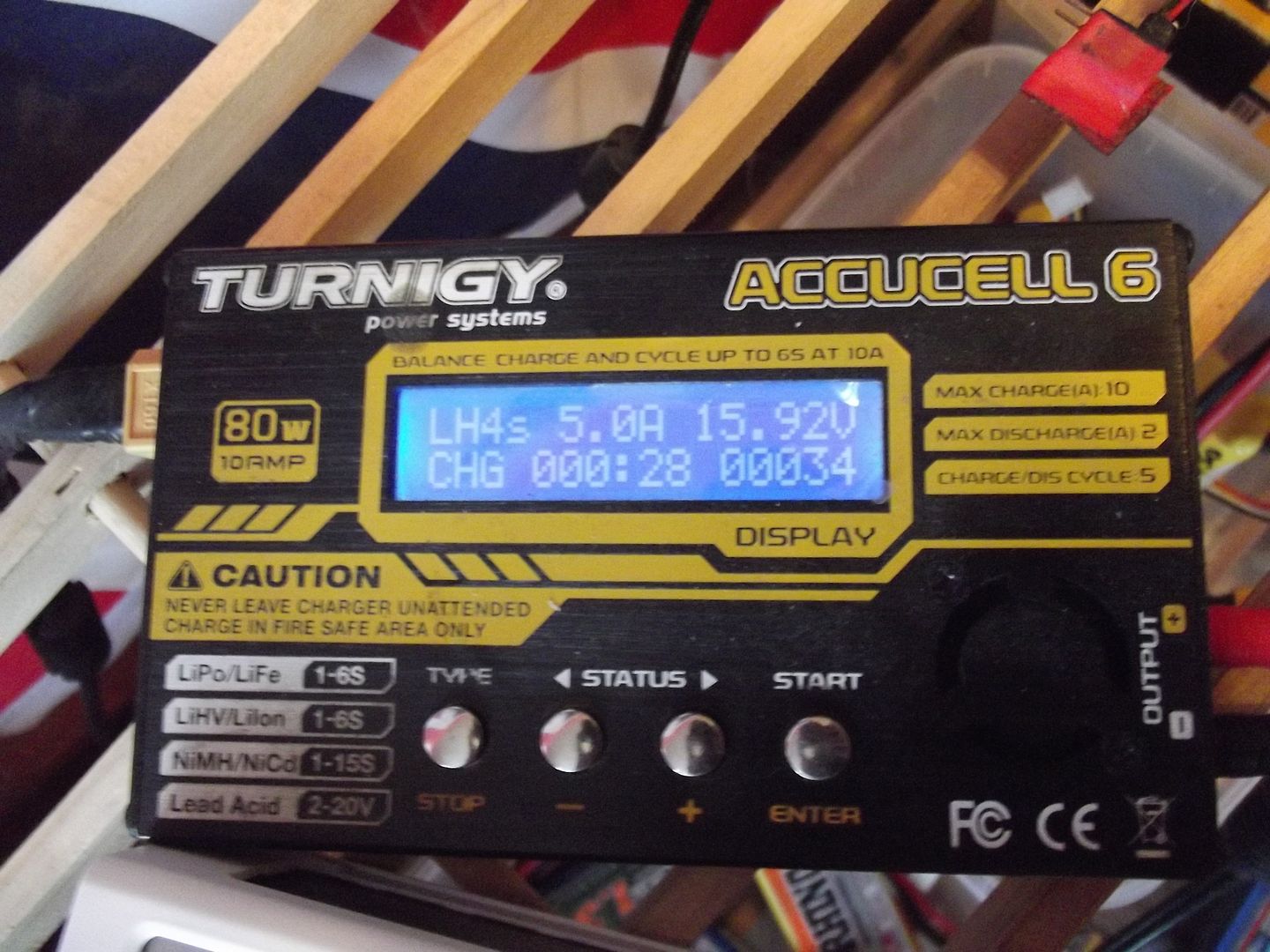Okidoki.
I know that Nigel has a lot of experience and has done a fair amount of digging. His name is all over here, DJI and other RC groups. Just want to be clear that I'm not dismissing what he has to say.
As for the notion that I'm suggesting "ramping up amp rate", I'm well aware that the power goes through the battery control board. My comment concerning that charger on Amazon relates to simple math. DJI 57 W P3S/P3A "charger" = 3.25 A capacity. DJI 100 W P3P "charger" = 5.7 A, reduces charge time ~ 25%. Mystery Maker 4-in1 "charger" = 4 A per circuit, advertises charge times close to what most people here experience with the P3S/P3A "chargers". So it seems to me that the Chinese 4-in-1 could offer a little more capacity without being harmful. If on the other hand you're suggesting that the increased capacity may in your experience be harmful, then that means we shouldn't be using DJI's P3P chargers either.
This goes right back to the whole thing about devices only drawing as much as they are designed to. You can hook up a pack to a 17.5 Volt source capable of supplying 100 Amps but the DJI's controller
should be the final arbiter of what the current consumption and power transfer rate will be. Is that not so in actuality?
Hey, does that Chinese 4-in-1 have over-voltage protection? ;-)
I know that a lot of those certifications and approvals are actually completely on the honor system, too, and at most are subject only to random testing if at all. But it's still an assumption that DJI's bricks have no protection. If on the other hand you can show me a schematic diagram of a power supply for a DJI P3 that reveals a lack of short and over-voltage protection, I'd like to see that.
I have to point out that it's also an assumption that protection mechanisms won't fail. I
have seen "crowbar" protection circuits fail, along with the results.
For what it's worth, in all my years dealing with many thousands of switching mode power supplies, I've only seen one* exhibit an over-voltage condition. I put an asterisk there because of an important distinction. That one supply was one of my own - a $10 (!) no-name offshore PCI unit. I've also seen two crappy USB phone "chargers" (getting tired of the quotes yet?) fail that way. I refer to these as Canal Street Specials - a nod to the good ol' days when NYC's Canal Street was an electronic hobbyist's Mecca. But I've never seen an OEM unit from Apple or Samsung fail that way. Get where I'm going with this? ;-)
And just to be nit-picky, if your LiPo charger has a no-load cut-out, it still has to be measuring for presence of a load somehow. It may be close to zero on the output leads but it's not gonna be
zero.

Anyway, that just means that exposed leads aren't a danger to some dingbat with a metal key or something. But I do get the point.
I'm curious about what is being said about the charging profile. You can't assess a current condition by monitoring voltage unless you somehow have a handle on internal cell resistances. You'd need a voltmeter across the cell pack
and a DC ammeter in line with the charging current to accurately determine the charging profile being used by DJI's battery controller.
I
am aware that the approach being used by DJI does not appear to use any kind of balancing, thanks. Pretty sure I mentioned that.
I totally agree that a different "charger" would only offer the opportunity for a slower charging curve. I think I said that too.
Interesting that part of the balancing routine would discharge high cells. Why?






